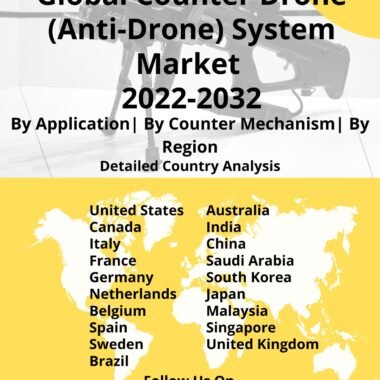Description
Ship Simulator Market
Frequently Asked Questions of Ship Simulator Market
For use in education, research, and other uses, a ship simulator is a technology that replicates ships and nautical environments. These simulators combine hardware and software technologies. They give the user a simulated setting where they can test out equipment or obtain expert instruction. The two main categories of ship simulators are real-time simulators, which use human controllers, and fast-time simulators, which use computer-based pilot models in place of human controllers. Both commercial and military ships employ them.
Major factors driving Ship Simulator Market Growth
Training with a ship simulator market growth helps optimize capital investment and create combat-ready personnel. It can place crews into any scenario at any time and provide more deep training in less time. Along with enhancing their skills, it also gives them awareness and experience for actual life circumstances. Naval forces are successfully able to run a variety of simulations using the technology without having to pay the associated damage expenses which can be endured if training is carried out in real-life scenarios, which significantly reduces the cost of training.
It is becoming more common to use simulation technologies to increase personnel confidence and the technology is also used in ship design, the flaws in an existing naval ship can be identified using the same. Ship-handling simulations based on currently available technologies have been produced over the preceding three decades. In a variety of situations, including teaching ship operators, researching marine fatalities, and reviewing buoy locations, simulations have been used.
Trends Influencing the Ship-Simulator Market Size
The growing need for professional ship simulator market trends and watch captains for map charting, directing navigation, fire management, weather monitoring, and operating rehearsals is leading the ship simulator market report. Additionally, severe maritime legislation requiring proficient training of electronic war workforces has boosted the demand for ship bridge simulators in recent years.
In recent years, shipbuilders have learned that training on virtual reality simulators is much more effective than training on conventional marine simulators. A helmet is integrated with acoustic effects and simulation sensor systems, they are utilized in virtual simulation devices to display a video. With the use of this technology, several individuals can receive training simultaneously in the same setting on several models. This is achieved through the use of characters, which give the user the ability to see and interact with other participants while the training is still in progress. An identical scenario can be participated in by users from all around the world.
Ship-Simulator Market Forecast & Dynamics
The ship simulator market forecast demand is also accelerating due to the simulator industry’s growing embrace of cutting-edge technologies. For instance, the Danish business FORCE Technology, which specializes in ship simulators, introduced SimFlex Cloud, a Software-as-a-service solution, in October 2021. With the use of both augmented reality and virtual reality headsets to increase realism and immersion, it offers simple access to the next generation of mixed-reality simulations. As a result, there are several potentials for market growth being created by the rising use of cutting-edge technology.
Owing to strong import and export activity, the Asia-Pacific is experiencing a surge in passenger travel. The region is therefore anticipated to have a high demand for marine systems, greatly boosting the market growth. The maritime commerce segment is anticipated to grow in the coming years as a result of the developing marine commerce in LAMEA nations.
Ship Simulator Market Analysis for Recent Developments
Buffalo Computer Graphics, Inc., a provider of maritime simulation, received a USD 1.25 million subcontract from Pinnacle Solutions, Inc. in 2021 to support the U.S. Navy’s Bridge Part Task Trainer Program. According to the deal, BCG will provide radar and communication simulation technologies to support the Navy’s emphasis on ship navigation training. A set of Littoral Combat Ship (LCS1 and LCS2) training systems will be created by Xebec, a joint venture between Pinnacle Solutions, Inc. and CAE USA, integrating the BCG simulation with other bridge subsystems. Therefore, it is projected that several recent developments in the ship simulators sector will quicken economic expansion in the next years.
The global landscape of ship simulator market analysis has evolved to become an integral tool in maritime training, research, and development. Ship simulators provide a realistic virtual environment that allows maritime professionals to enhance their skills, practice various scenarios, and simulate vessel operations. Advancements in ship simulator technology include the integration of high-fidelity graphics, real-time weather conditions, and accurate physics modeling. These features contribute to creating immersive training scenarios that replicate the complexities of navigation, maneuvering, and emergency response at sea.
Ship simulators market growth are utilized in maritime academies, training centers, and naval institutions to train seafarers, officers, and maritime pilots. The virtual environments created by simulators offer a risk-free space to practice navigation techniques, handle different types of vessels, and respond to emergencies. Global collaboration and standardization efforts ensure that ship simulators meet industry requirements and adhere to recognized training standards. This facilitates consistent and high-quality training experiences for maritime professionals worldwide. The ongoing evolution of ship simulators in 2023 reflects a commitment to advancing maritime education and training, improving safety, and preparing seafarers for the challenges they may encounter during real-world operations.







